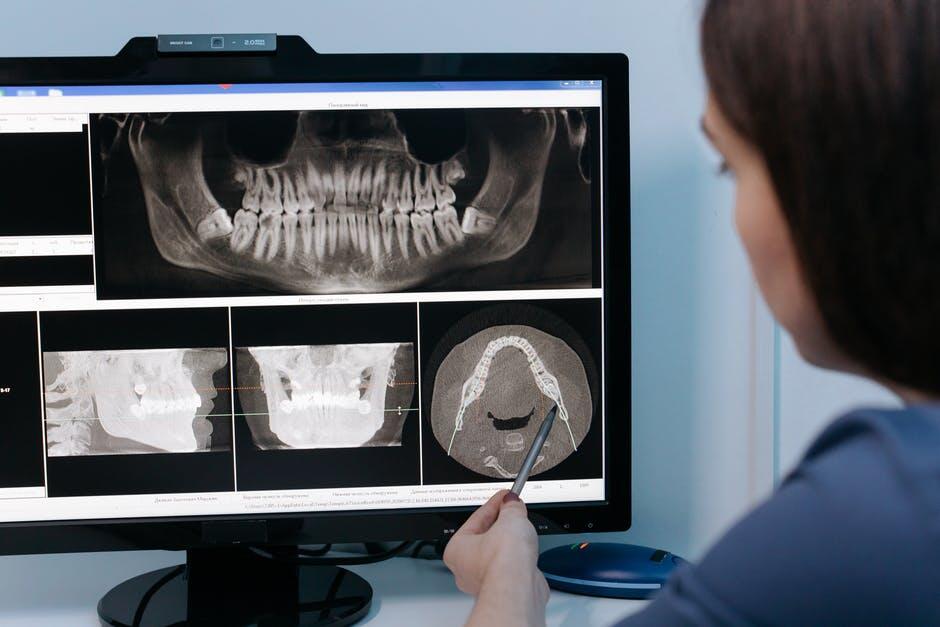In recent years, there has been a rise in the popularity of Selective Androgen Receptor Modulators (SARMs), and one of the most sought-after options is LGD-4033. This compound is now widely available for purchase online, but have you ever wondered how SARMs like LGD-4033 are developed and manufactured?
In this post, you will take a closer look at the process of bringing a SARM from the laboratory to the consumer, including the various steps involved in discovering and developing SARMs like LGD-4033 for sale online.
Discovery and Development of SARMs
The development of SARMs typically begins in the laboratory, where researchers work to identify and optimize compounds that can selectively bind to androgen receptors in the body. This process typically involves a combination of computer modeling, biochemical assays, and animal studies. Researchers will look for compounds with a high binding affinity for androgen receptors and high selectivity for muscle and bone tissue over other tissues in the body.
Once promising lead compounds have been identified; they will undergo further optimization to improve their pharmacokinetic properties. This involves tweaking the compound’s chemical structure to improve its absorption, distribution, metabolism, and excretion in the body. The researchers will also perform preclinical studies on animal models to determine the safety and effectiveness of the compound.
Clinical Trials
After the initial discovery and preclinical development stages are complete, the SARM will move on to clinical trials. These trials typically involve three phases, each with a specific objective. During Phase 1 trials, the main focus is to assess the safety and pharmacokinetics of the compound among healthy volunteers. Moving on to Phase 2 trials, the compound’s effectiveness is tested on patients with a particular condition. For Phase 3 trials, larger studies are conducted across multiple centers to verify the safety and effectiveness of the compound among a broader population.
Throughout the clinical trial process, researchers will also monitor the safety and tolerability of the compound, as well as any potential side effects. They will also check out for any indications of abuse or misuse potential, as this can be a concern with performance-enhancing drugs like SARMs.
Manufacturing and Quality Control
Once a SARM has completed clinical trials and been approved for marketing, it will enter the manufacturing phase. The manufacturing process for SARMs involves several steps, including synthesis of the compound, formulation into a dosage form, and packaging for distribution.
The synthesis of the SARM typically involves multiple steps, with each step designed to create a specific chemical modification of the starting material. The process of synthesizing SARMs involves careful monitoring to ensure the production of the purest and highest quality end product. Following the synthesis, the SARM will be processed into a dose form, which may include capsules or tablets. This typically involves combining the active ingredient with other excipients to create a stable and effective dosage form.
The manufacturing process incorporates quality control measures at every stage to guarantee that the end product complies with rigorous quality standards. This includes testing the purity and potency of the SARM and ensuring that it meets all regulatory requirements for safety and efficacy.
Marketing and Distribution
Once the SARM has been manufactured and quality control measures have been completed, it will be ready for marketing and distribution. Companies that produce and distribute SARMs typically sell their products through online retailers, such as supplement stores and e-commerce websites.
Consumers interested in purchasing SARMs like LGD-4033 for sale should be aware of the potential risks and side effects of these compounds. While SARMs are often marketed as safe and effective alternatives to anabolic steroids, they are not without risk. Some potential side effects of SARMs include liver toxicity, increased risk of cancer, and cardiovascular issues. Consumers must research and consult with a healthcare provider before using any performance-enhancing drug.
Conclusion
The development and manufacturing of SARMs like LGD-4033 for sale is a complex process that involves years of research and development and careful monitoring of safety and efficacy. Consumers can reduce the risks associated with SARMs and other performance-enhancing drugs by staying informed and taking necessary precautions.










